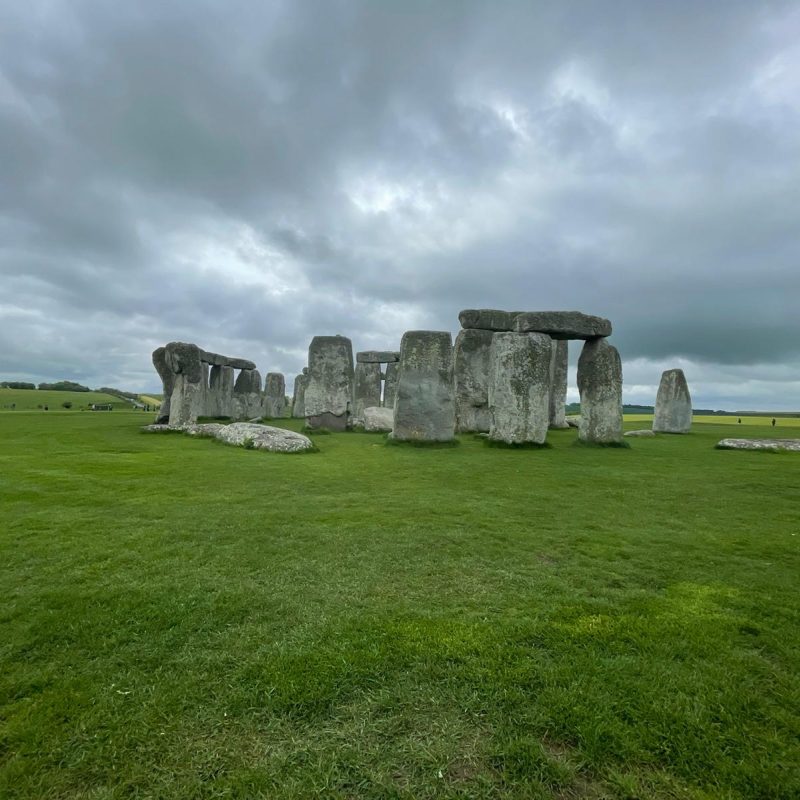On Tuesday, the Isle of Wight College Travel and Tourism students embarked on a day trip to explore some of the most popular heritage tourist attractions in England. The itinerary included Stonehenge, Bath, and Salisbury, all of which offer a rich and fascinating history that attract thousands of tourists every year. The trip was aimed at helping the students understand the key features of heritage tourist attractions, their ownership and sources of funding, location and access, on-site products and services, target markets, and accessibility.
The day started early at 07.10, as the students boarded the 08.00 Yarmouth Ferry to Lymington. The journey through the New Forest was picturesque, with the added bonus of sighting some of the wild horses, cows, and donkeys that call this area home. The first stop of the day was Stonehenge, a prehistoric monument that dates back over 5,000 years. The students were tasked with researching the key features of different heritage tourist attractions and analysing their ownership and funding sources. The site provided a great example of how historic and archaeological sites can be maintained and presented to the public for educational purposes.
The second stop of the day was the beautiful city of Bath, where the students had the opportunity to practice their tour guiding skills. They took turns leading the group to different sites of interest, such as the Royal Crescent, Pulteney Bridge, and Bath Abbey. This experience helped them develop their communication skills and understand the importance of catering to different target markets. The highlight of the visit to Bath was undoubtedly the Roman Baths, which provided a fascinating insight into the daily lives of the Romans who once inhabited the city.
After a leisurely lunch in one of the city's many cafes, the group headed to their final destination, Salisbury Cathedral. However, the weather had other ideas, and a sudden storm broke out, with thunder and lightning lighting up the sky. Undeterred, the students bravely made their way to the cathedral, which was awe-inspiring, even in the pouring rain. The students were able to explore the impressive architecture and stunning stained glass windows, which provided a great example of how monuments can be preserved for future generations.
All in all, the day trip was a huge success, providing the students with a comprehensive understanding of the key features of heritage tourist attractions. The trip also helped the students appreciate the importance of maintaining and preserving our historical sites for future generations. As the group boarded the ferry back to Yarmouth, they reflected on the busy 12 hours, having experienced some of England's most iconic destinations.







